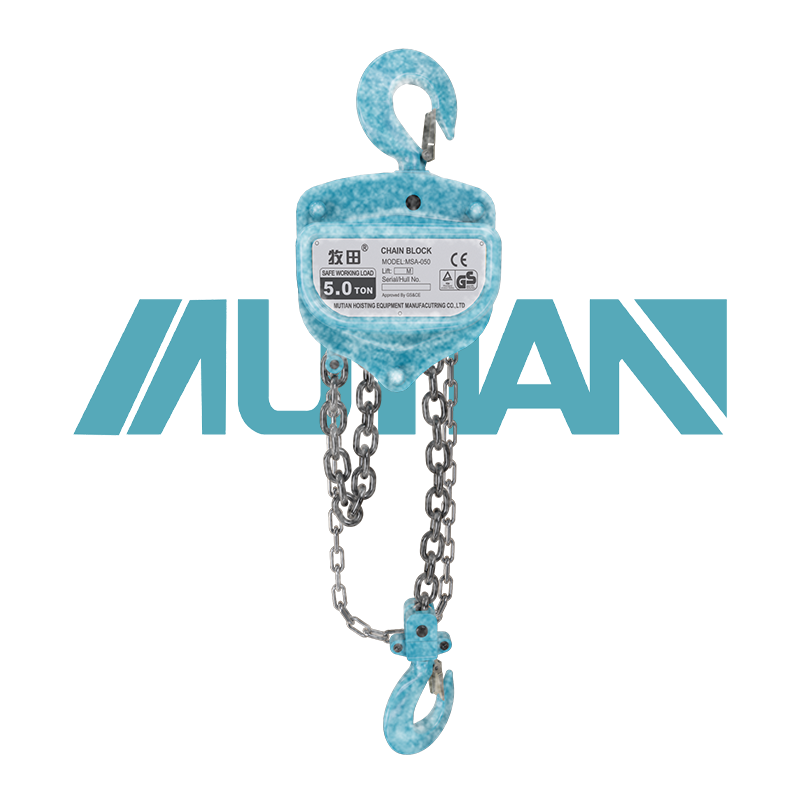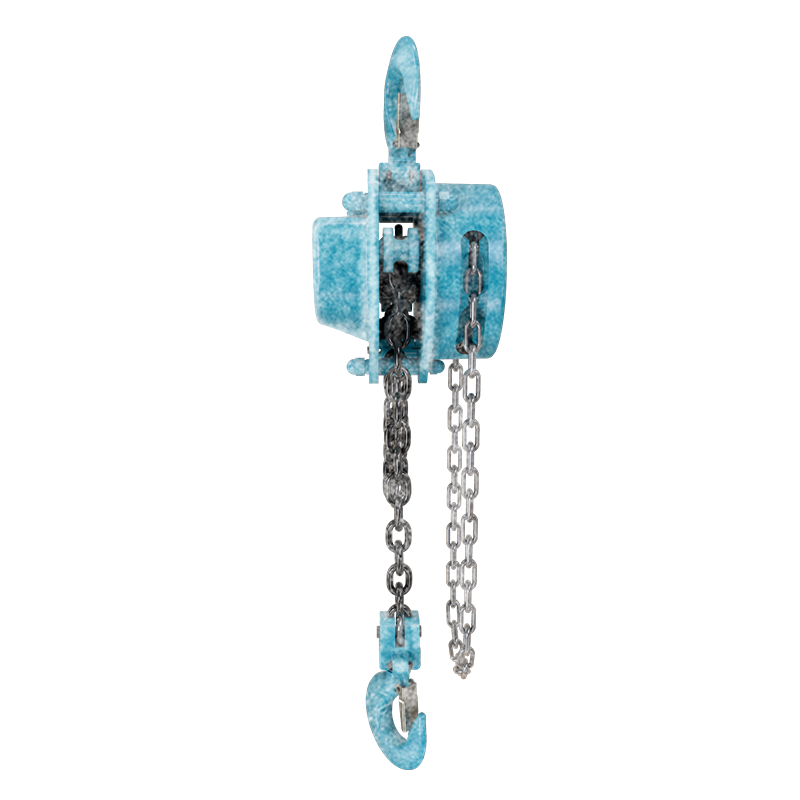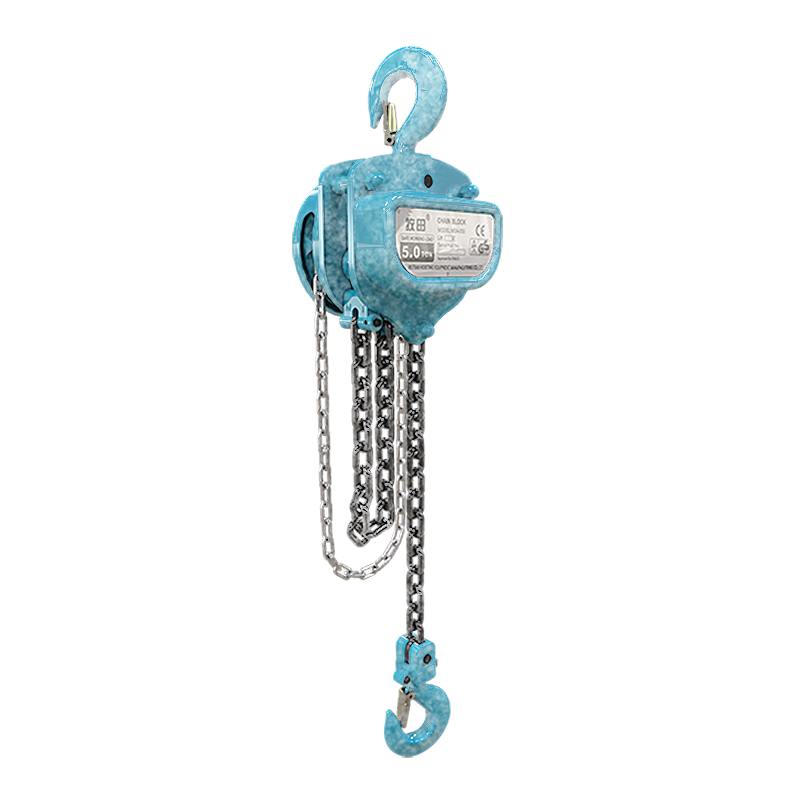 中文版
中文版



Welcome to contact us by phone:0086-0312-7969888
When using a cold-resistant hand crane, there are several important considerations to ensure safe and efficient operation, especially in cold environments. Here are key points to pay attention to:
Temperature Limits: Verify the temperature limits specified by the manufacturer. Cold-resistant hand cranes are designed to operate in low temperatures, but there may still be limits to ensure proper functioning of materials and components.
Load Capacity: Adhere to the specified load capacity of the crane. Do not exceed the maximum load capacity as doing so can compromise the safety and integrity of the equipment.
Duty Cycle: Understand the duty cycle of the crane. The duty cycle defines the ratio of operating time to rest time. Ensure that the crane is not operated continuously beyond its designed duty cycle.
Inspect Before Use: Conduct a pre-use inspection before each operation. Check for any visible damage, loose bolts, or signs of wear on components. If any issues are identified, address them promptly before using the crane.
Lubrication: Ensure that all moving parts are adequately lubricated, using lubricants suitable for cold temperatures. Cold-resistant cranes may require special lubricants to maintain smooth operation in low temperatures.
Emergency Stop: Familiarize yourself with the emergency stop mechanism and location. Be prepared to use it in case of any unforeseen issues or emergencies.
Braking System: Verify the effectiveness of the braking system. The brake should engage properly when the hoist is not in use, preventing unintended movement of the load.
Use in Designated Areas: Operate the cold-resistant hand crane only in designated areas that are suitable for its load capacity and operational requirements.
Operator Training: Ensure that operators are properly trained to use the cold-resistant hand crane. They should be familiar with the controls, emergency procedures, and safety precautions.
Weather Conditions: Be aware of current weather conditions, including wind speed and visibility, which can affect the safe operation of the crane. Take precautions in adverse weather conditions.
Manufacturer's Guidelines: Follow the manufacturer's guidelines and recommendations for usage, maintenance, and safety. This includes adhering to any specific instructions provided for cold-weather operation.
Regular Maintenance: Implement a regular maintenance schedule to address wear and tear, lubrication, and other preventive measures. Regular maintenance helps prolong the lifespan of the crane and ensures safe operation.
By paying attention to these factors and following the manufacturer's guidelines, you can help ensure the safe and effective use of a cold-resistant hand crane in challenging cold environments. Regular inspections and adherence to safety protocols are essential for the longevity and reliability of the equipment.


X